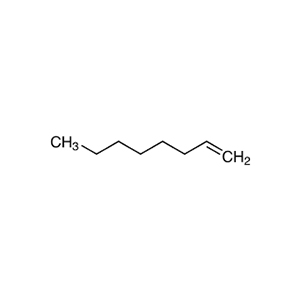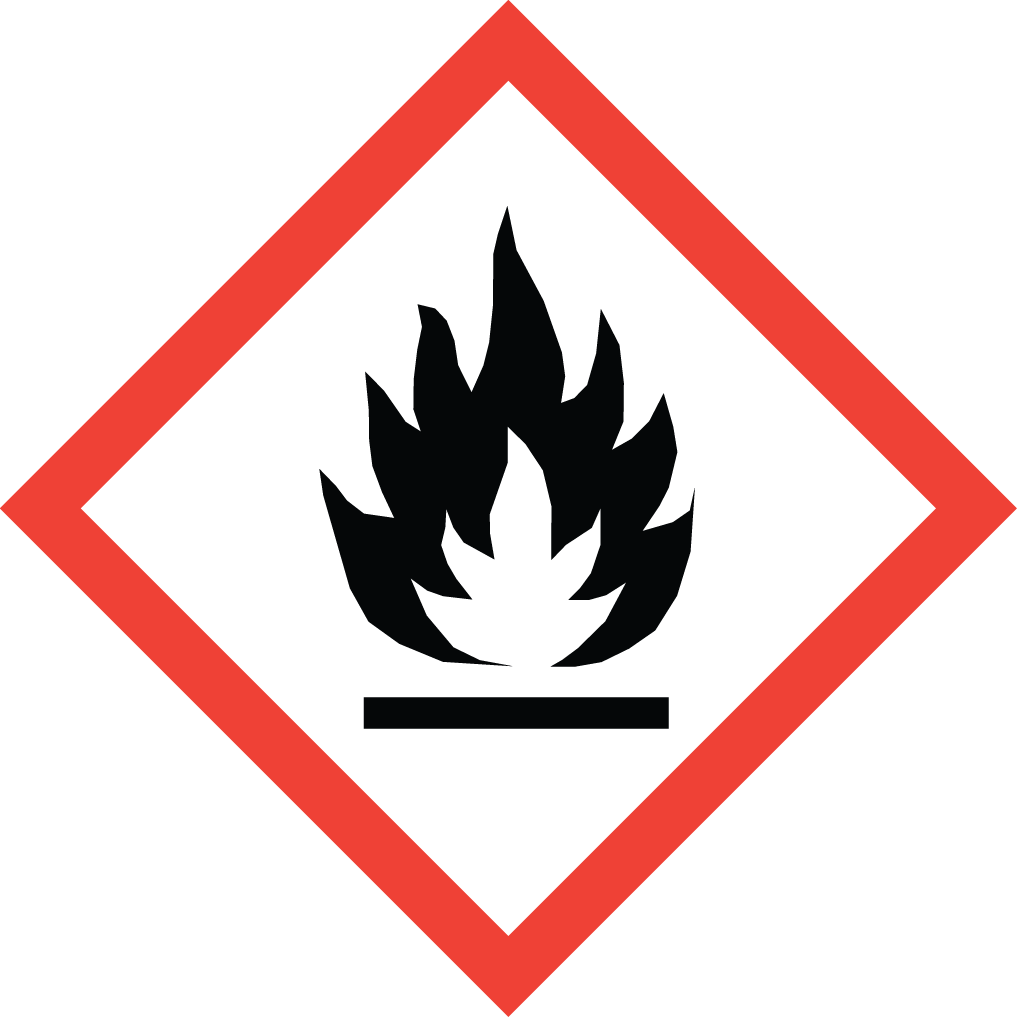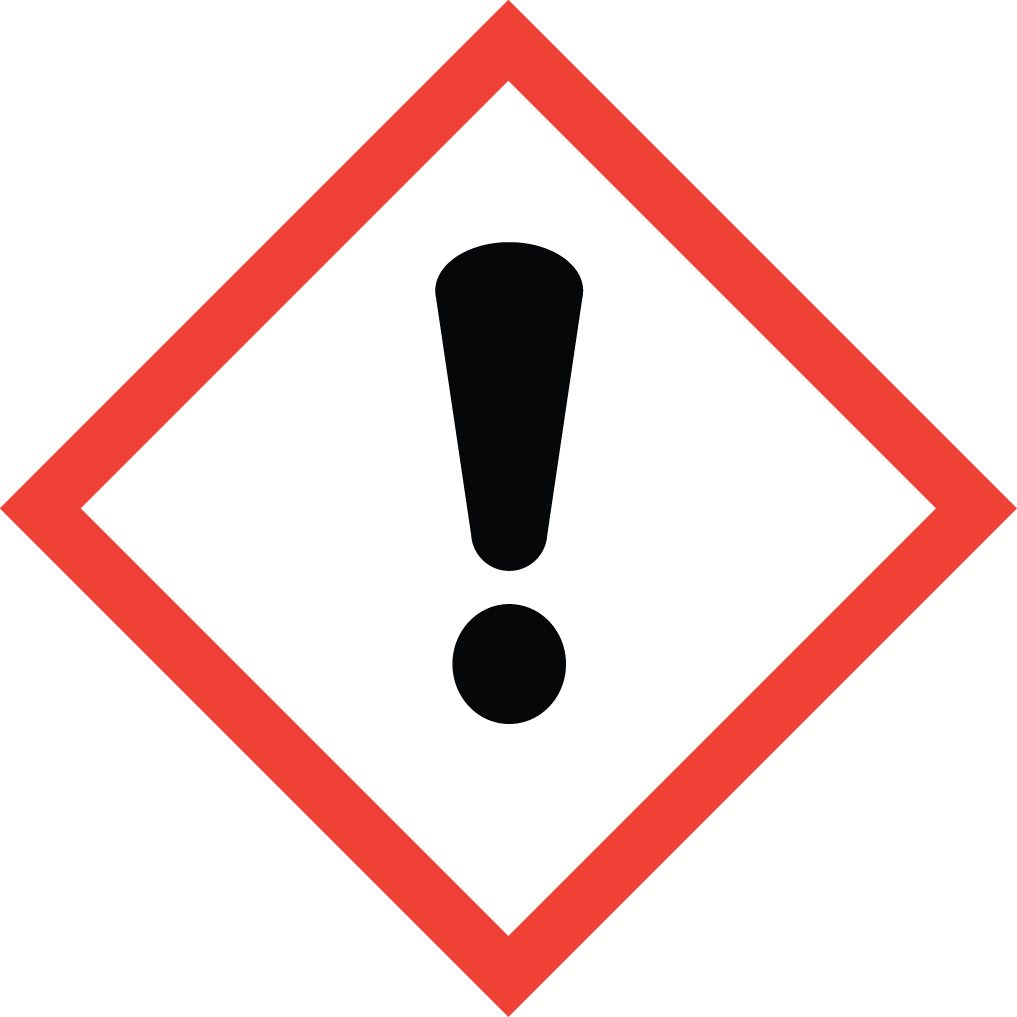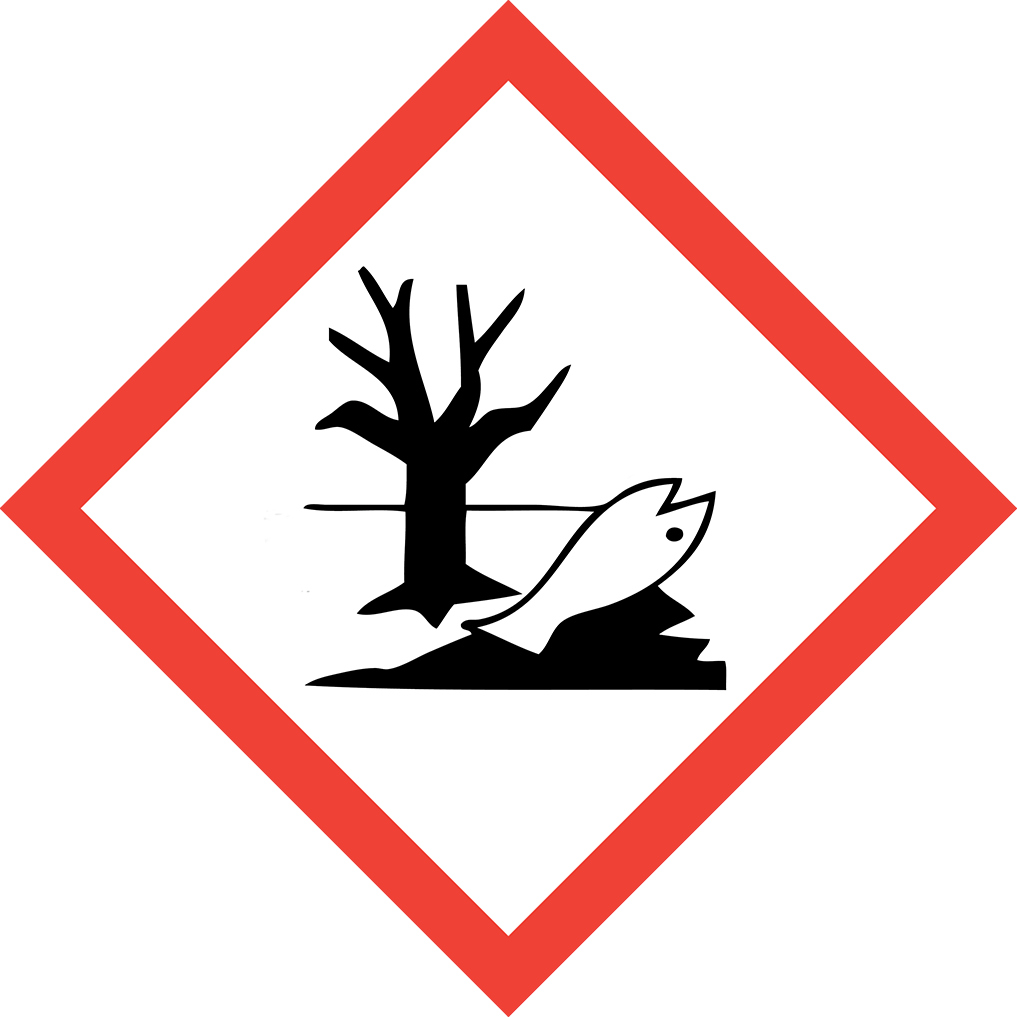Discover Aure Chemical's Premium 1-Octene Supply
Aure Chemical is a leading supplier of high-quality 1-Octene, also commonly known as Alpha-Octene or Oct-1-ene. This important linear alpha-olefin (LAO) is a versatile chemical intermediate widely used as a comonomer in the production of polyethylene and for the synthesis of a variety of specialty chemicals. We are committed to providing 1-Octene with exceptional purity and a consistent supply.
Basic Information of 1-Octene
1-Octene (CAS No. 111-66-0) is a crucial building block in the petrochemical industry, valued for its reactivity at the terminal double bond and its ability to modify the properties of polymers and other chemical compounds.
| CAS No.: | 111-66-0 |
|---|
| EC No.: | 203-893-7 |
|---|
| Linear Formula: | C₈H₁₆ |
|---|
| Molecular Weight: | 112.21 |
|---|
| Appearance: | Transparent Liquid |
|---|
| Boiling point | 122-123 °C (lit.) |
|---|
| Density: | 0.715 g/mL at 25 °C (lit.) |
|---|
| RIDADR: | UN 3295 3/PG 2 |
|---|
| Chemical Structure: |  |
|---|
Key Applications of 1-Octene (Alpha-Octene)
1-Octene's reactivity and properties make it indispensable across various sectors:
Polyethylene Production (Comonomer): The primary application of 1-Octene is as a comonomer in the production of various types of polyethylene, including:
Linear Low-Density Polyethylene (LLDPE): Improves film strength, toughness, and flexibility.
High-Density Polyethylene (HDPE): Enhances processability and impact strength.
Specialty Chemical Synthesis: Used as an intermediate in the production of a wide range of specialty chemicals, including:
Plasticizer Alcohols (e.g., via hydroformylation): For use in PVC and other plastics.
Synthetic Lubricants: Contributing to improved viscosity and performance.
Surfactant Intermediates: For use in detergents and emulsifiers.
Flavor and Fragrance Compounds.
Aure Chemical: Your Reliable 1-Octene Partner
Partnering with Aure Chemical for your 1-Octene supply means benefiting from:
High Purity and Consistent Quality: Ensuring optimal performance in your critical processes.
Reliable Global Supply Chain: Our extensive network guarantees efficient and secure delivery of 1-Octene to your facilities worldwide.
Commitment to Safety: We adhere to the highest safety standards for the handling, storage, and transportation of this flammable liquid, providing complete Safety Data Sheets (SDS).
Dedicated Customer Support: Our knowledgeable team is always available to assist with your technical and logistical needs.
Bulk Supply Capabilities: We can meet your large-volume requirements with reliable and timely deliveries.
Hazards Classification
GHS Classification: Flammable Liquid (GHS02), Health Hazard (GHS08), Environmental Hazard (GHS09)
Hazard Statements: Highly flammable liquid and vapor; may cause drowsiness or dizziness; may cause respiratory irritation; toxic to aquatic life with long lasting effects.
UN Number: UN 2370
Hazard Class: 3 (Flammable Liquids)
Packing Group: II
 GHS02: Flammable
GHS02: Flammable GHS07: Exclamation mark
GHS07: Exclamation mark GHS09: Environmental hazard
GHS09: Environmental hazard

